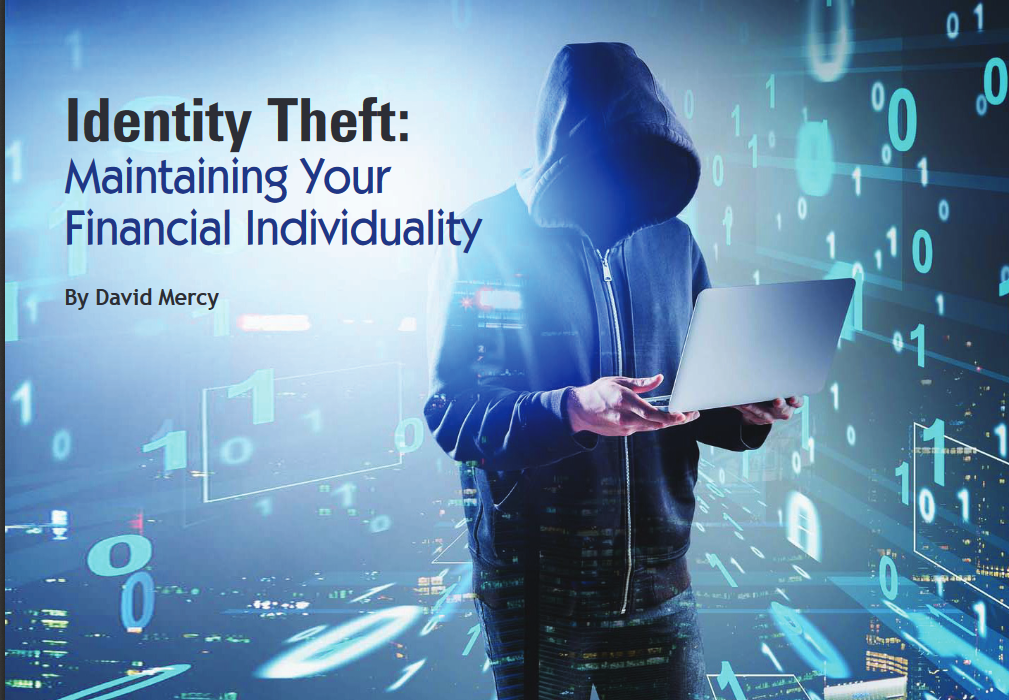
Take a quick look at your watch. When the second hand moves two digits, someone, somewhere has had their identity stolen. It could be the kind of catastrophic theft that forces the victim into bankruptcy, such as a criminal taking out numerous real estate loans which are immediately headed straight to default, or it could be a minor inconvenience that can be taken care of with a few phone calls, like a thief using stolen credit card numbers to go shopping. To varying degrees, the success of identity thefts, and the degree to which
they can do harm, are dependent on the amount of Personally Identifiable Information (PII) the crook has been able to obtain. Primary examples of PII are name, address, date and place of birth and Social Security number, as well as medical, familial, educational, financial and employment data. The more a criminal has of those personal identification details, the more they can steal for illicit purposes. The problem is that in the modern world of social media, many people unwittingly, and freely, volunteer much of this information, and criminals are paying attention.
Even though people are not posting their Social Security Numbers on Facebook, much of the users’ peripheral information can be used to root out even the most secret data. Familiarity opens doors, so knowing a few tidbits of information allows villains to parlay that into more info, and on and on. Hopefully, everybody knows that if someone is about to type in a SSN into a website, the hairs should be standing up on the back of their neck. While cyber-shadowing is useful for outright identity and credit theft, garnering PII from social media has proven to be a favorite method for hackers seeking to lure unsuspecting victims into clicking on disguised malware links in email Phishing attacks.
David Mercy is the Business Development Director of IT Support LA, an IT-Managed Services Provider and Technology Concierge. Email David
6 Tips for Identity Theft Prevention
Identity Cloning:
This is the most far-reaching and severe, personally and professionally devastating a victim as it includes some or all types of identity theft,
wherein the perpetrator is literally out there pretending to assume the identity of the victim. They engage in criminal activities which permit them to circulate in the real world using someone else’s name and history.
Account Takeover Fraud:
In the most common form of identity theft, criminals simply obtain an individual’s credit card information and use it for their own transactions. To a lesser degree, this type of fraud also includes the theft of checks, account numbers and other financial information.
New Account Fraud:
This entails the criminal opening new credit accounts under a victim’s name using sensitive information such as a Social Security Number rather than using existing credit card numbers.
Medical Identity Theft:
A criminal who gains access to a victim’s name and insurance information can use it to obtain free medical care and/or prescription drugs. While not as common, this scenario can have potentially devastating effects, as medical information in a doctor’s notes can be merged with a patient files, potentially causing potentially harmful treatments
Business or Commercial Identity Theft:
Not as uncommon as is thought. An ex-employee, or even a current one, uses a business name and information to obtain credit. While not always the same as embezzlement, it does sometimes share some of the same tactics.
Criminal Identity Theft:
Probably the rarest of cyber crimes, it still can happen when a criminal is arrested and presents another person’s fraudulent identification to law enforcement. Innocent people have, in fact, been incarcerated due to this scheme


